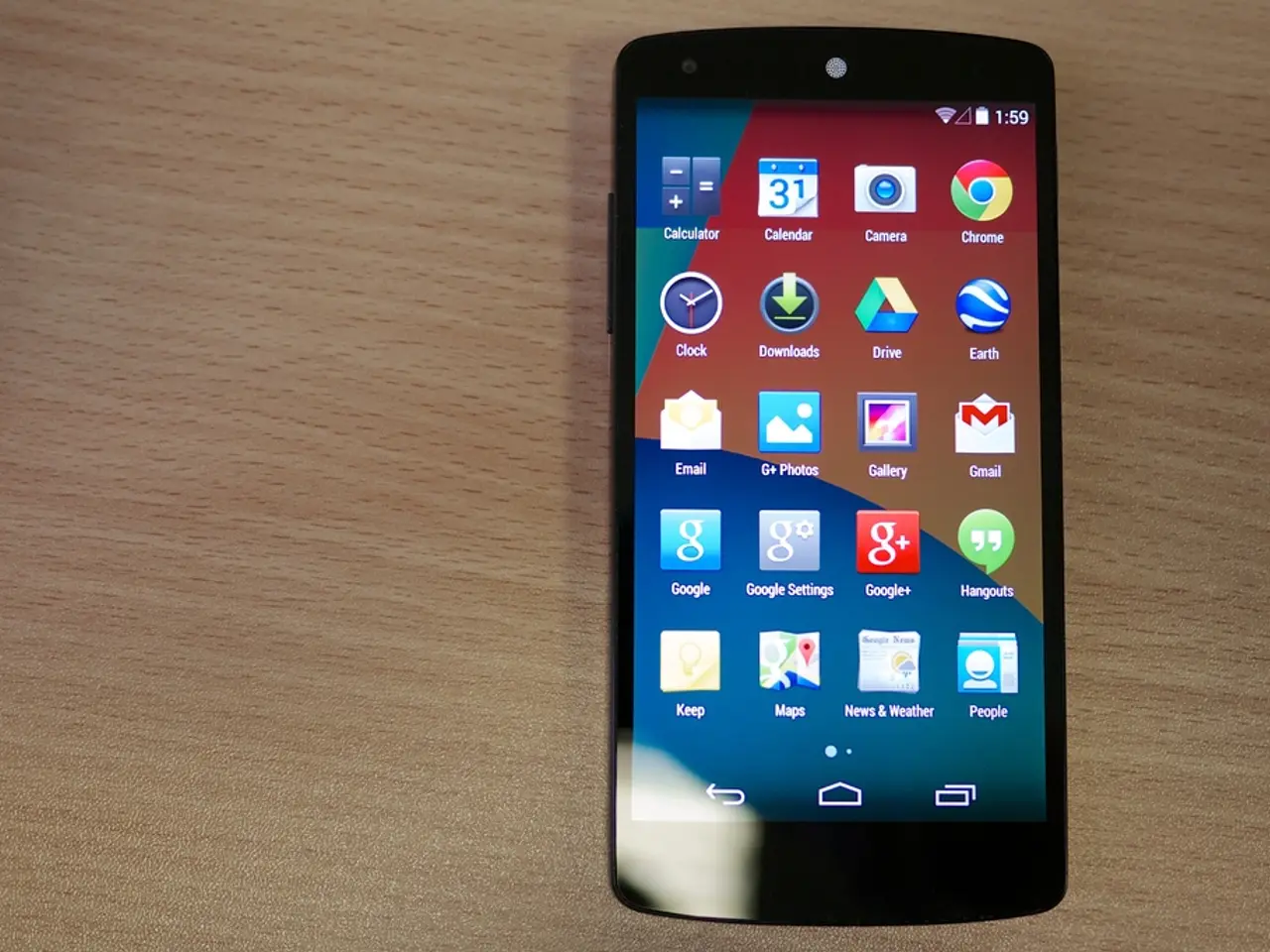In-Depth Analysis: Glide App Builder Without Coding (Year 2025)
In the realm of no-code app development, two platforms have emerged as popular choices: Glide and AppMySite. Both offer unique features and cater to different needs, making them valuable tools for businesses, eCommerce stores, and creators.
**Purpose and Output**
Glide, with its focus on simplicity, speed, and internal tooling, is designed for creating internal business tools, client portals, and event management systems. It's an excellent choice for users who need to quickly build and deploy apps without native app store presence. On the other hand, AppMySite is geared towards businesses looking to launch mobile apps directly to app stores, offering native apps for both iOS and Android.
**Features and Functionality**
Glide provides a user-friendly interface with drag-and-drop functionality, real-time data sync, AI features, customizable templates, and integration with Google Sheets. It is well-suited for creating custom business software without coding. AppMySite, meanwhile, offers advanced features like real-time preview, one-click publishing, deep website integration, push notifications, and multilingual support. It allows users to convert existing websites into mobile apps.
**Customization and Integration**
While Glide offers customization options through templates and blocks, it is more focused on ease of use and rapid deployment of internal tools. AppMySite, on the other hand, offers extensive customization options, including the ability to sync content from existing websites, making it more versatile for diverse business needs.
**Target Audience**
Glide is best for small businesses, teams, freelancers, and nonprofits looking for quick, low-risk internal app solutions. AppMySite, however, is geared towards businesses, eCommerce stores, and creators who need to publish apps on app stores for widespread consumer access.
**Additional Features**
Glide apps can be shared via a URL, embedded on a website, or generated as QR codes for easy access. They can also be deployed as progressive web apps (PWAs) and accessed on mobile, desktop, or tablets via a browser. Glide's focus on simplicity means that while the UI design is polished, it has limited customization options.
AppMySite allows designing apps from scratch or converting existing websites into mobile apps, supporting PWAs and features like push notifications, offline access, and real-time preview. Its PWA builder lets users build progressive web apps.
**Pricing**
Pricing for advanced features in Glide can grow quickly as the app scales. AppMySite, while offering a free plan, also has paid plans that cater to different business sizes and needs.
In summary, Glide is ideal for internal tools and rapid prototyping, while AppMySite is better suited for businesses seeking to publish native apps on app stores. Both platforms offer unique features and cater to different needs, making them valuable tools for businesses in the no-code app development landscape.
No-code app builder Glide offers a user-friendly interface, focusing on internal tooling and rapid deployment, making it a great choice for lifestyle businesses looking to create custom business software for finance management purposes, without the need for extensive coding. On the other hand, technology-driven businesses can leverage AppMySite to publish native apps directly on app stores, which could help enhance their lifestyle offerings by providing a seamless consumer access experience.




